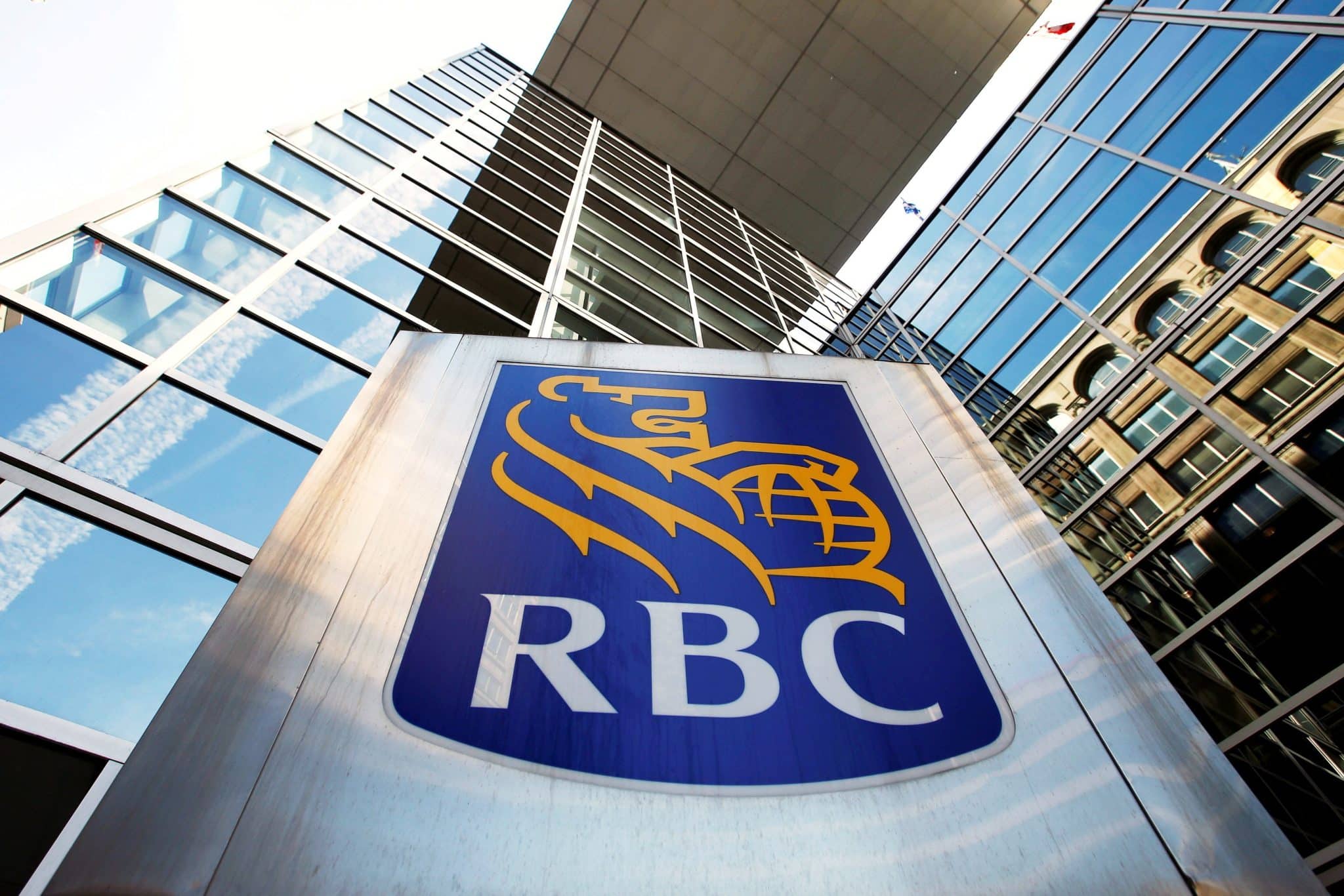Business
Royal Bank of Canada to Cut 1,800 Jobs as Trudeau Economy Implodes

Canada’s largest bank, Royal Bank of Canada (RBC), warned of a weaker economy ahead and announced intentions to reduce approximately 1,800 employees. Royal Bank, Chief Executive Officer Dave McKay forecasted slower growth and lower inflation as a result of the lagged impact of monetary policy, a slowdown in China, and higher climate and geopolitical threats.
“We are seeing signs of slowing labour markets, such as slower wage growth, fewer job openings, and an increase in Canadian unemployment.” As a result, our base case predicts a weaker economic picture,” he told Aljazeera.
“The operating environment is changing faster than we’ve seen in more than a decade.”
McKay announced in May that the lender will cease hiring after exceeding its target by thousands of personnel. The number of full-time employees was down 1% from the previous quarter, and the bank aims to reduce personnel by another 1% to 2%. As of July 31, the bank has 93,753 full-time workers.
“The bank did a commendable job in managing expenses, with an improvement in its overall efficiency ratio,” according to Barclays analyst John Aiken, who noted the lender’s earnings beat.
TD Follows Royal Bank
However, the country’s second-largest bank, Toronto-Dominion Bank (TD), missed analysts’ quarterly profit projections due to increasing spending, rainy day funds to cover outstanding loans, and deterioration in its US operations.
TD set aside 766 million Canadian dollars ($565 million), up from 351 million Canadian dollars ($274 million) a year ago, while RBC set aside 616 million Canadian dollars ($455 million) for credit losses, up from 340 million Canadian dollars ($266 million), as consumers struggle to make payments amid rising living costs.
Since March of last year, the Bank of Canada has hiked interest rates ten times to combat persistent inflation, boosting profitability for banks’ consumer businesses as they benefit from higher loan revenues.
This contributed to a 5% increase in earnings at RBC’s retail division. However, profits from TD’s Canadian personal and commercial banking sector declined 1%, while income from its US retail unit fell 9%.
“A higher interest rate would put the consumer under pressure.” But, so far, they have proven to be resilient… But we’re keeping a close eye on things,” TD’s Chief Financial Officer Kelvin Tran said in an interview.
Royal Bank Stock UP
TD also intends to repurchase 90 million shares, after the beginning of a share repurchase programme for 30 million shares in May, shortly after terminating its $13.4 billion acquisition of a First Horizon deal that provided the bank with cash.
Net interest income grew 6.7 percent to 6.29 billion Canadian dollars ($4.6 billion) at RBC and 3.5 percent to 7.29 billion Canadian dollars ($5.4 billion) at TD.
According to Refinitiv statistics, RBC posted adjusted earnings of 2.84 Canadian dollars ($2.09) per share, topping analysts’ projections of 2.71 Canadian dollars ($2) per share. The results benefited from a reduced tax rate as a result of the Canada Recovery Dividend, which was enacted in the 2023 budget.
The adjusted earnings per share of 1.99 Canadian dollars ($1.46) fell short of the estimate of 2.04 Canadian dollars ($1.5). A payment of 306 million Canadian dollars ($225 million) connected to the termination of the bank’s First Horizon purchase also had an impact on profitability.
With market capitalisations of 168 billion Canadian dollars ($124 billion) and 151 billion Canadian dollars ($111 billion), RBC and TD account for half of the market share among the main six Canadian banks.
Nonetheless, their equities have underperformed, sliding between 5% and 6% this year, compared to the broader index’s 2.55 percent rise.
RBC’s stock was up 1.6 percent, while TD’s was down more than 2 percent.




























